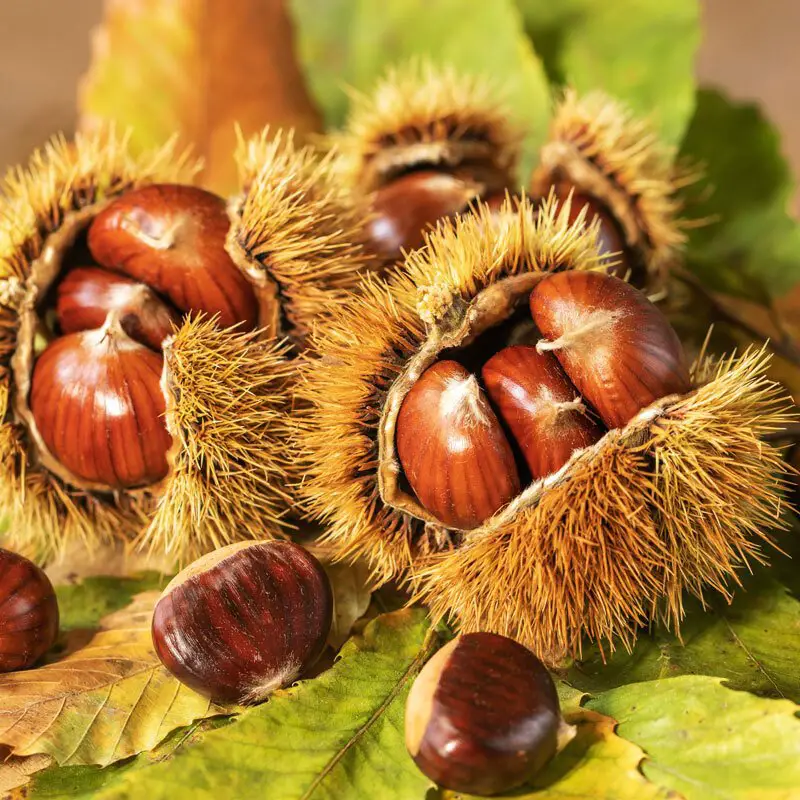Discover 15 beautiful brown flowers that can bring a unique, earthy charm to your garden. Learn about their characteristics, growing conditions and how to incorporate these unusual blooms into your landscape.
When we think of flowers, vibrant colors like red, yellow, and purple often come to mind. However, brown flowers offer a subtle, sophisticated beauty that can add depth and warmth to any garden. In this guide, we’ll explore 15 types of brown flowers that can bring a unique, earthy elegance to your outdoor space.
1. Chocolate Cosmos (Cosmos atrosanguineus)

The Chocolate Cosmos is known for its deep maroon-brown petals and a subtle chocolate scent.
- Blooming season: Summer to fall
- Growing conditions: Full sun, well-draining soil
- Height: 1-2 feet
2. Brown-Eyed Susan (Rudbeckia triloba)

This daisy-like flower features golden petals with a prominent brown center.
- Blooming season: Summer to fall
- Growing conditions: Full sun to partial shade, adaptable to various soils
- Height: 2-3 feet
3. Chocolate Lily (Fritillaria camschatcensis)

The Chocolate Lily boasts bell-shaped flowers in a deep brown color.
- Blooming season: Late spring to early summer
- Growing conditions: Partial shade, moist, well-draining soil
- Height: 1-2 feet
4. Mahogany Splendor Hibiscus (Hibiscus acetosella)

While primarily grown for its foliage, this hibiscus produces small, dark brown flowers.
- Blooming season: Late summer to fall
- Growing conditions: Full sun, moist soil
- Height: 3-5 feet
5. Cattail (Typha latifolia)

Though not a traditional flower, cattails produce distinctive brown, cigar-shaped blooms.
- Blooming season: Summer
- Growing conditions: Full sun, wet soil or shallow water
- Height: 4-6 feet
6. Brown Orchid (Cymbidium Kiwi Midnight ‘Geyserland’)

This orchid variety features stunning brown petals with intricate patterns.
- Blooming season: Winter to spring
- Growing conditions: Bright indirect light, well-draining orchid mix
- Height: 1-2 feet
7. Chestnut (Castanea)

Chestnut trees produce catkins that include small brown flowers.
- Blooming season: Late spring to early summer
- Growing conditions: Full sun, well-draining soil
- Height: 50-100 feet (tree)
8. Stapelia (Stapelia grandiflora)

Also known as the carrion flower, this succulent produces large, star-shaped brown flowers.
- Blooming season: Summer to fall
- Growing conditions: Full sun to partial shade, well-draining soil
- Height: 6-12 inches
9. Brown Turkish Tulip (Tulipa ‘Brown Sugar’)

This tulip variety offers rich, coppery-brown petals.
- Blooming season: Spring
- Growing conditions: Full sun, well-draining soil
- Height: 16-18 inches
10. Hellebore (Helleborus ‘Double Ellen Picotee’)

Some hellebore varieties produce flowers in shades of dusky brown.
- Blooming season: Winter to early spring
- Growing conditions: Partial to full shade, rich, well-draining soil
- Height: 12-18 inches
11. Pineapple Lily (Eucomis comosa ‘Sparkling Burgundy’)

This unique plant produces spikes of small, star-shaped brown flowers.
- Blooming season: Summer
- Growing conditions: Full sun to partial shade, well-draining soil
- Height: 1-2 feet
12. Dried Lotus Pods (Nelumbo nucifera)

While not living flowers, dried lotus pods offer a beautiful brown addition to arrangements.
- Harvesting season: Late summer to fall
- Growing conditions: Full sun, aquatic environment
- Height: 3-6 feet (when growing)
13. Knapweed (Centaurea)

Some knapweed varieties produce flowers with brown centers.
- Blooming season: Summer to fall
- Growing conditions: Full sun, well-draining soil
- Height: 1-3 feet
14. Broom Corn (Sorghum bicolor)

Broom corn produces plumes of small brown flowers at the top of tall stalks.
- Blooming season: Late summer to fall
- Growing conditions: Full sun, well-draining soil
- Height: 6-8 feet
15. Pine Cones (Various Pinus species)

While not flowers in the traditional sense, pine cones offer a natural brown element for gardens and arrangements.
- Production season: Year-round, opening in fall
- Growing conditions: Varies by species, generally full sun
- Height: Varies by species
Incorporating Brown Flowers in Your Garden
Brown flowers can add depth and sophistication to your garden. Here are some tips for using them effectively:
- Pair with complementary colors like cream, pale yellow, or deep purple.
- Use as a neutral backdrop for brighter flowers.
- Incorporate into autumn-themed gardens or arrangements.
- Combine with textures like ornamental grasses for added interest.
Brown flowers offer a unique and often overlooked beauty to gardens and floral arrangements. From the chocolate-scented Cosmos to the striking Stapelia, these 15 brown flowers demonstrate the wide range of textures, shapes, and shades available in this earthy hue. By incorporating these unusual blooms into your garden or landscape design, you can create a sophisticated, natural look that stands out from the typical colorful flower beds.
Remember, gardening is about experimentation and personal taste. Don’t be afraid to try these less common flowers and see how they can enhance your outdoor space. Happy gardening!
For more gardening tips and plant care guides, visit usagardenhub.com.

